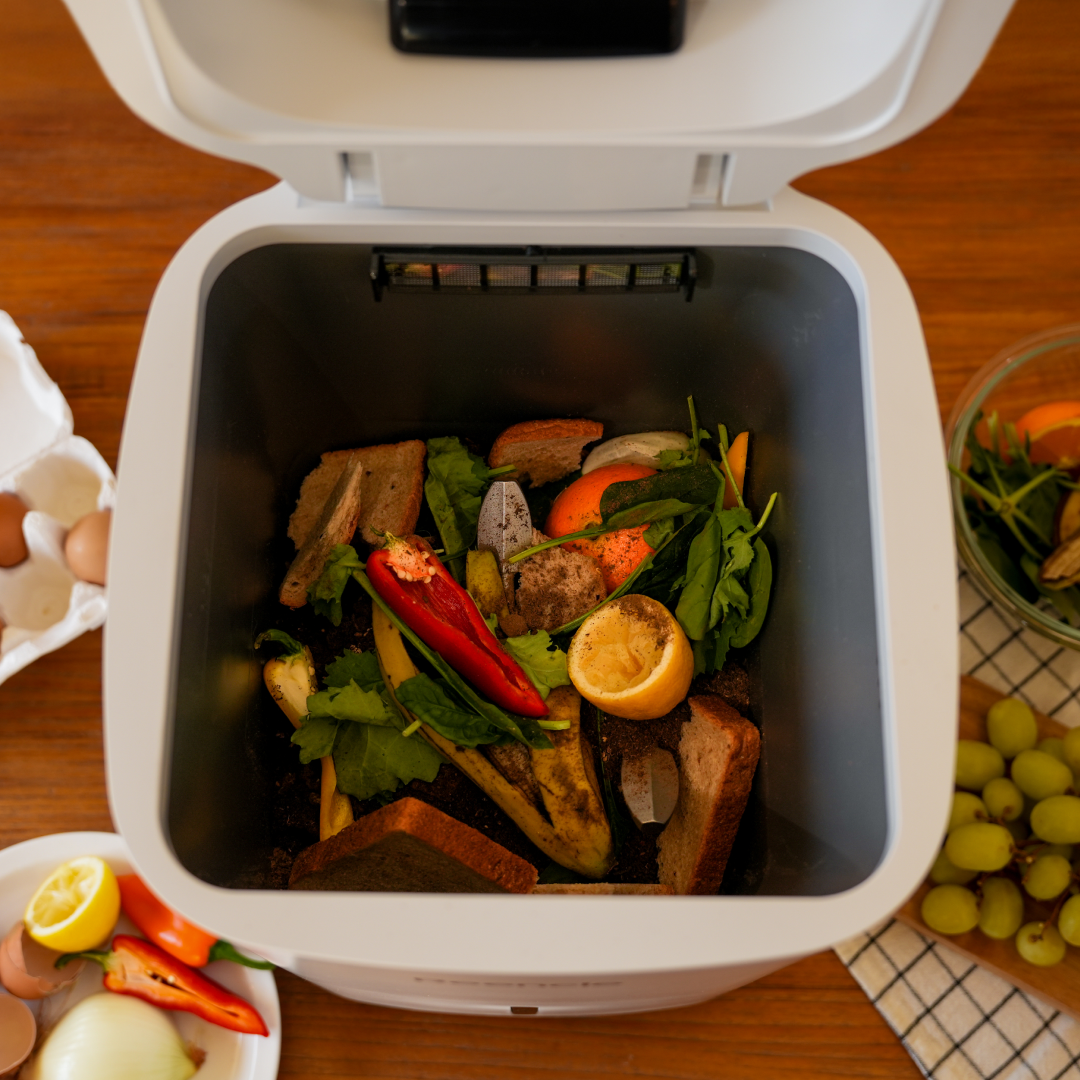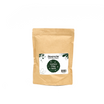Classification of Fertilizers
(By Form and Effect)


Why does our partnership matters
For every purchase, we plant 1 TREE to nurture our planet 🌲Together, we are sowing the seeds of change and cultivating a greener, more sustainable world.
Anything else?
Anything else?You willl also receive an official certificate from Greenspark as a token of appreciation for your commitment to the environment! 📜
How do we see the progress?
How do we see the progress?Join us on this remarkable journey towards an impact dashboard.You can see how your eco-smart choice made the world a better place
 View more
View more
Your support empowers reforestation, fights climate change,
and paves the way for a brighter, eco-friendly future.
Join us on this remarkable journey towards a cleaner,healthier planet.
Shop with a purpose, shop with Reencle! 🛒💚
Solid Fertilizers and Liquid Fertilizers
Fertilizers can also be classified based on whether they are solid or liquid. Whether inorganic or organic, most fertilizers are in solid form and come in various particle sizes, including granules, medium-sized particles, small particles, and powder.
Fertilizers used in liquid form are called liquid fertilizers. These can be diluted from concentrates or powders with water or used as-is if purchased in liquid form. Generally, they are made from inorganic materials, but some products use organic materials as well.
A specific type of liquid fertilizer is foliar spray, which allows plants to absorb nutrients through their leaves rather than their roots. Depending on the substance, elements like nitrogen and micronutrients are often more efficiently absorbed through the leaves, making foliar sprays an effective way to supplement deficient nutrients.
Different Forms Have Different Effects
Solid fertilizers take time to dissolve in the soil, making it less likely for salts to accumulate or for nutrient deficiencies to occur. While their effects appear slowly, they last for an extended period, making them suitable for both base fertilizers and topdressings.
The larger the granules of solid fertilizers, the slower the effect, but the longer it lasts. Conversely, smaller granules provide quicker effects but have a shorter duration.
Liquid fertilizers are fast-acting but can be quickly washed away from the soil due to their liquid nature. They are not suitable as base fertilizers because of the risk of nutrient deficiencies, but they are convenient for use as topdressings when applied along with water.
Types of Fertilizers
Organic Fertilizers
Organic fertilizers act very slowly, making them ideal as base fertilizers. They need to be broken down by soil microorganisms before plants can absorb them. Because heat and gases are released during fermentation and decomposition, they should be applied at least two weeks before planting seeds or seedlings to avoid harming the crops.
Compound Fertilizers
These are often in granular form and typically contain a balanced mix of the three essential nutrients. They provide quick effects that last about a month and can be used as both base fertilizers and topdressings.
Single-Element Fertilizers
These are inorganic and fast-acting, containing only one nutrient. They are usually combined with other fertilizers to provide a balanced nutrient supply. Examples include ammonium sulfate and urea as nitrogen fertilizers, and potassium sulfate as a potassium fertilizer.
Liquid Fertilizers
Available in liquid or powder form, these are diluted or dissolved in water before use. Most are inorganic liquid compound fertilizers, though some are made entirely from organic materials. They are quickly absorbed and act fast, but their effects last only about 7-10 days, making them ideal for use as topdressings when applied with water.
Foliar Sprays
A type of liquid fertilizer diluted with water and sprayed onto leaves for absorption. Since nutrients like nitrogen (urea), micronutrients, and amino acids are often better absorbed through leaves than roots, foliar sprays are an effective supplementary method.











